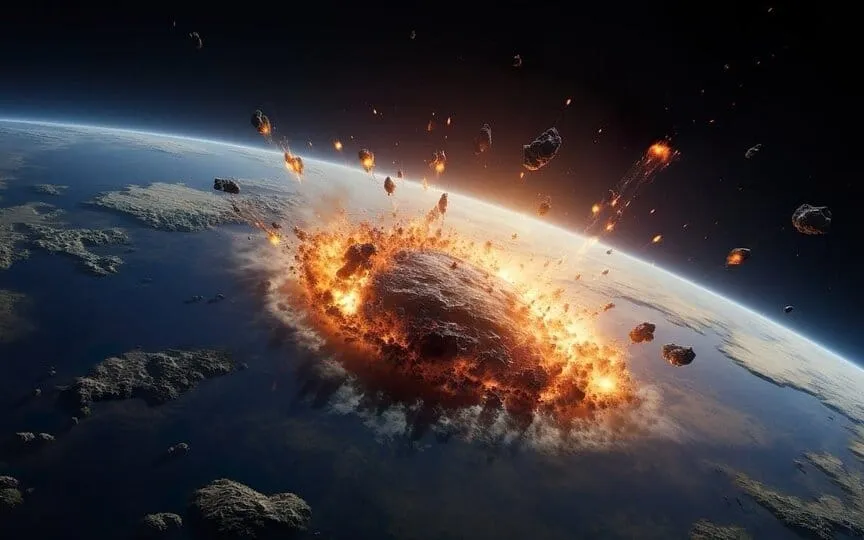NASA Reveals Details of 220-Foot Asteroid Set to Pass Earth Today
In 1980, Luis and Walter Alvarez put forward the Alvarez hypothesis, suggesting that dinosaurs were wiped out by an asteroid collision over 65 million years ago. While it was previously believed that the impact crater was located in Mexico, recent findings have revealed new information about the asteroid’s journey to Earth. According to physicist Brian Cox, the massive asteroid, which created a 140-kilometer crater, was diverted from its original path by Jupiter, the largest planet in our Solar System.
“It’s very likely or possible that Jupiter put it on a collision course with Earth,” Cox said in a short YouTube video shared by @tech_topia, emphasizing that Jupiter is the creator and destroyer of worlds.
NASA has now revealed that an asteroid is expected to pass Earth today, and while it is not expected to hit the surface, it could pass very close. Know the details of its close approach.
Asteroid 2023 PM1
NASA’s Planetary Defense Coordination Office (PDCO), which is responsible for monitoring the skies for the threat of rogue asteroids, has issued a close approach warning for an asteroid named Asteroid 2023 PM1. The space rock will make its closest approach to Earth today, August 21, passing the planet at a distance of 3.1 million kilometers. It has been tracked in orbit and travels at a speed of nearly 66,858 kilometers per hour.
While this asteroid isn’t a planet killer or as big as the dinosaur-killing asteroid, it’s still huge. NASA estimates it to be about 220 feet wide, making it almost the size of an airplane!
Other details
It belongs to Apollo’s group of Near-Earth Asteroids, which are Earth-passing space rocks with semi-major axes larger than Earth’s. These asteroids are named after the huge 1862 Apollo asteroid discovered by German astronomer Karl Reinmuth in the 1930s.
Shockingly, this will be the first close-to-Earth approach in the history of Asteroid 2023 PM1. According to details provided by NASA’s Small-Body Database Lookup, while it won’t make a very close approach to the planet in the near future, this asteroid will visit the planet again on February 4, 2026 at a distance of 19. million kilometers.




